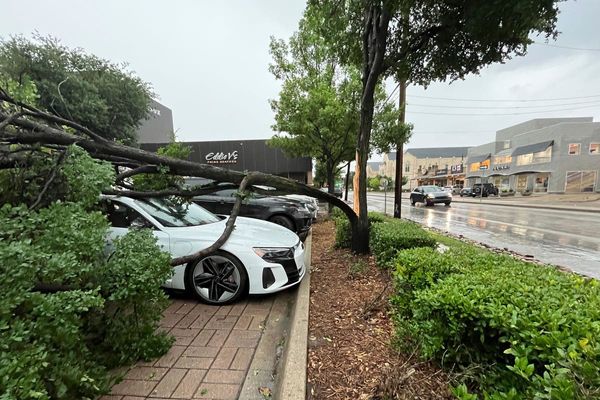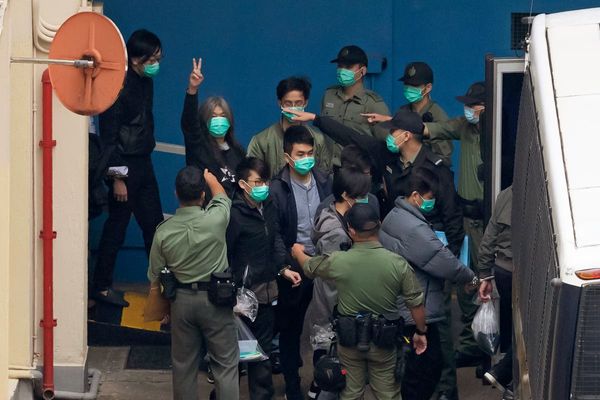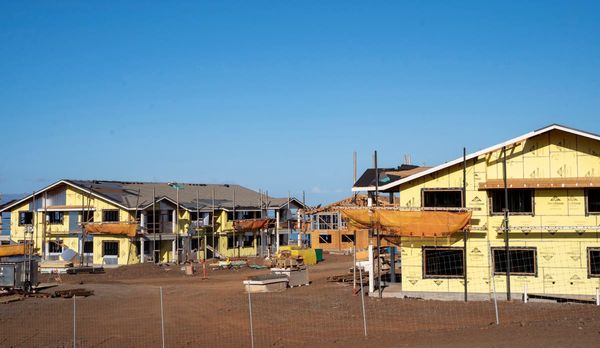
Russia is reducing its presence at the Zaporizhzhia nuclear power plant, Ukraine’s military intelligence directorate (GUR) has claimed, with staff told to relocate to Crimea and military patrols scaled back.
The agency’s chief, Kyrylo Budanov, has alleged Moscow has approved a plan to blow up the station and has mined four out of six power units, as well as a cooling pond. Last week Ukraine’s president, Volodymyr Zelenskiy, said Russia was plotting a “terrorist attack”.
According to the GUR, several representatives of Russia’s state nuclear energy agency, Rosatom, have already left. Ukrainian employees who stayed at the plant and signed contracts with Rosatom had been told to evacuate by Monday, preferably to Crimea, it said.
The intelligence agency named three senior individuals – the plant’s chief inspector, the head of the legal department and the deputy in charge of supplies – who had already departed. It said the number of Russian soldiers at the station and in the nearby town of Enerhodar had been reduced.
Since seizing the plant last year, the Russian army has turned it into a military base. It moved hardware into the turbine halls, including armoured vehicles and ammunition. Soldiers used the territory to bombard Ukrainian towns across the Dnipro reservoir.
This has mostly dried up after the Kakhovka dam downstream was blown up this month. Western governments and Kyiv say Russia deliberately sabotaged the dam to impede Ukraine’s counteroffensive.
Former plant workers told the Guardian it would be difficult to damage the reactors, which were protected by thick steel and concrete. But they said the small cooling pond – which the Russians have allegedly mined – was more vulnerable, as was a dry storage area used for spent nuclear fuel.
An explosion in the cooling pond could lead to a partial nuclear meltdown similar to the 1979 Three Mile Island accident in the US state of Pennsylvania, Oleksiy Kovynyev, a former senior engineer, said. In this scenario, most radiation would be contained.
But he added: “Of course, if you are an absolute maniac and open the ventilation channels this would throw out radiation.” Kovynyev said the dry storage area at the plant contained 24 spent “fuel assemblies”, sealed in 120 “hermetic” steel casks.
“In a normal situation, they are absolutely safe. If you wanted, you could destroy them. You could shell several times. This could cause a nuclear accident with radiation release.” He said he remained optimistic no disaster would take place.
Before the full-scale invasion, the plant employed 11,500 workers. An estimated 2,500 remain. Some, including the plant’s Ukrainian director, have signed contracts with Rosatom. Others have refused and have had their security passes revoked. Staff currently receive salaries from both Russia and Ukraine.
The GUR said on Friday that personnel remaining at the station had been instructed to “blame Ukraine in case of any emergencies”. Russia has claimed Kyiv has endangered the station by shelling it.
Ukraine has urged the international community to pay attention to the situation at the plant and to put pressure on Moscow to step back from the brink. Officials point out that Zelenskiy warned last year the Kremlin was preparing to blow up the Kakhovka dam – something that happened seven months later.
According to Ukrainian intelligence, the probability of undermining the Zaporizhzhya nuclear power plant by russian invaders has greatly increased. The consequences of this can be unpredictable, I call on the entire world community to do everything in their power to stop the… pic.twitter.com/YeVmXpIcJ7
— Chief Rabbi Of Ukraine Moshe Azman (@RabbiUkraine) June 30, 2023
The chief rabbi of Ukraine, Moshe Azman, warned the “entire world community” to do everything in its power to stop a possible catastrophe. This week Russia told the UN security council it had no plans to blow up the plant. It previously assured the council it would not invade Ukraine.







